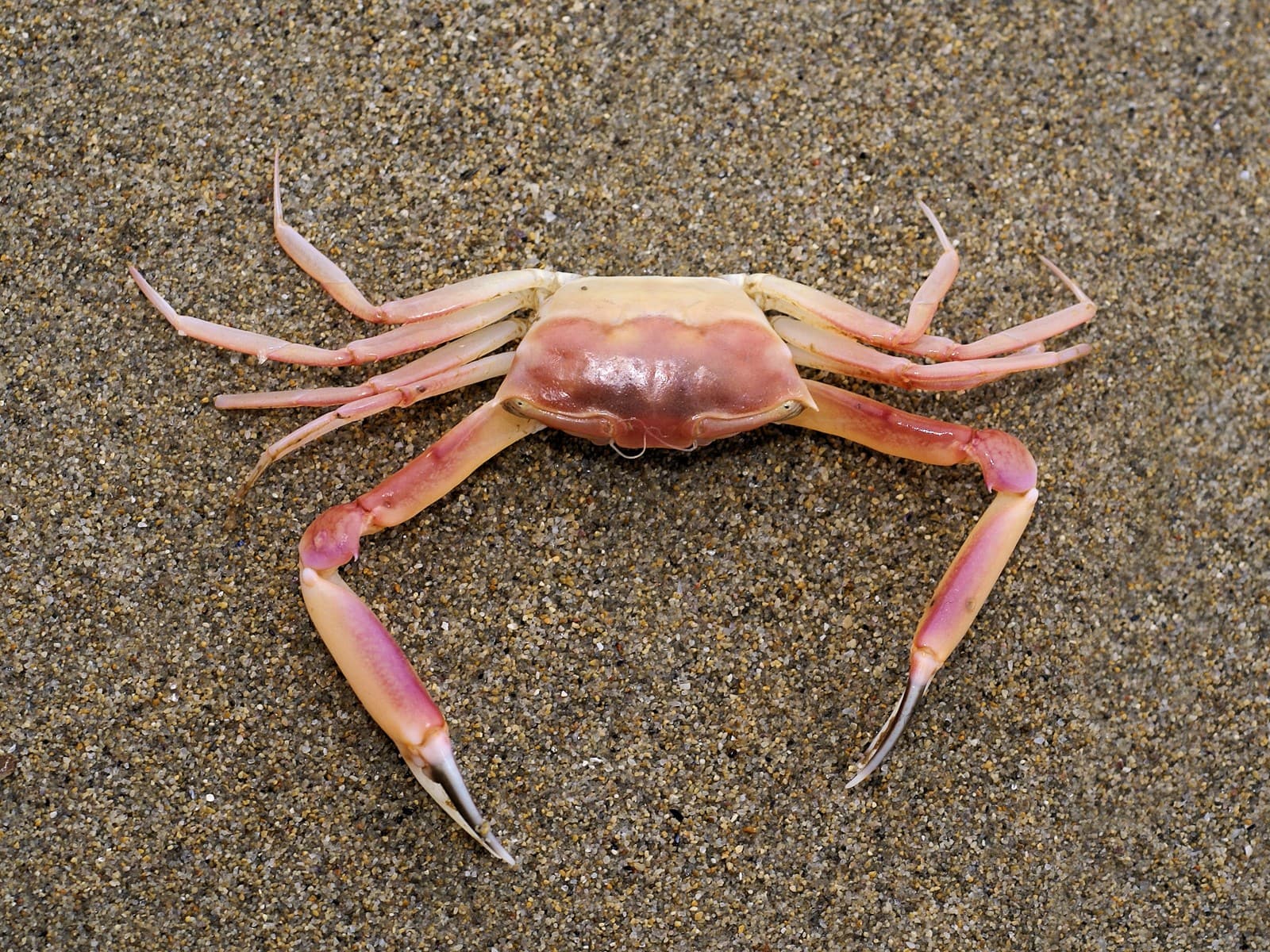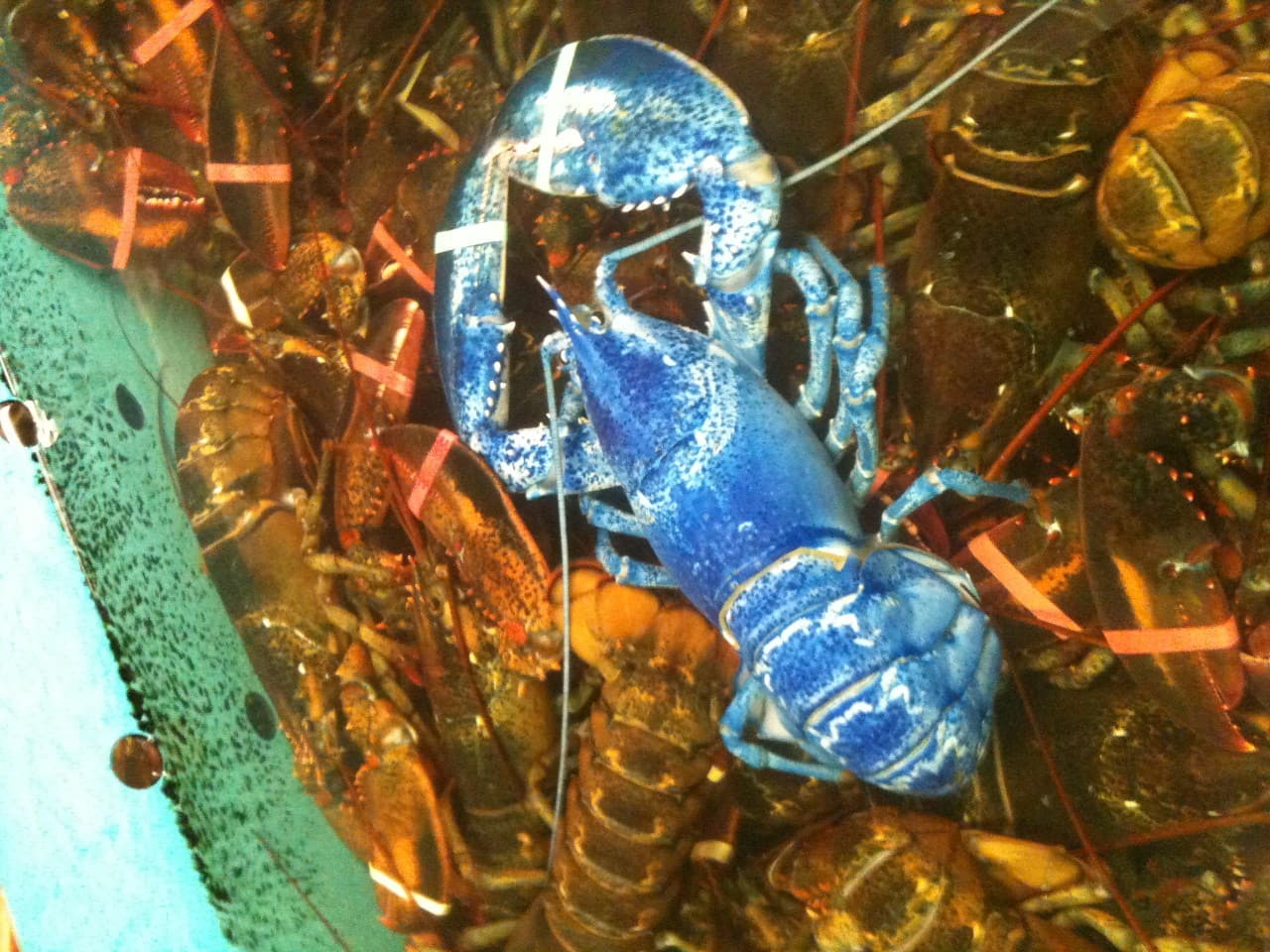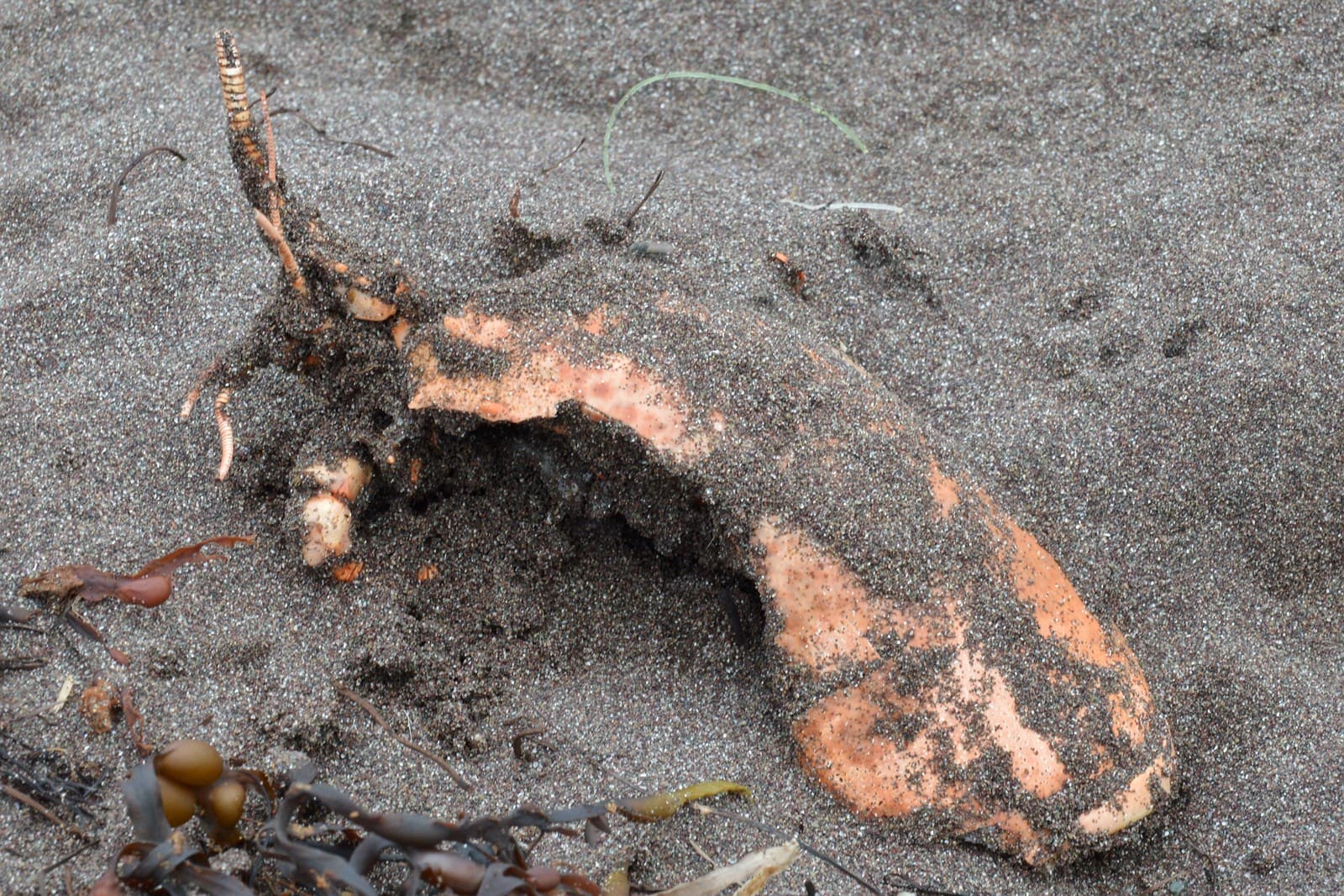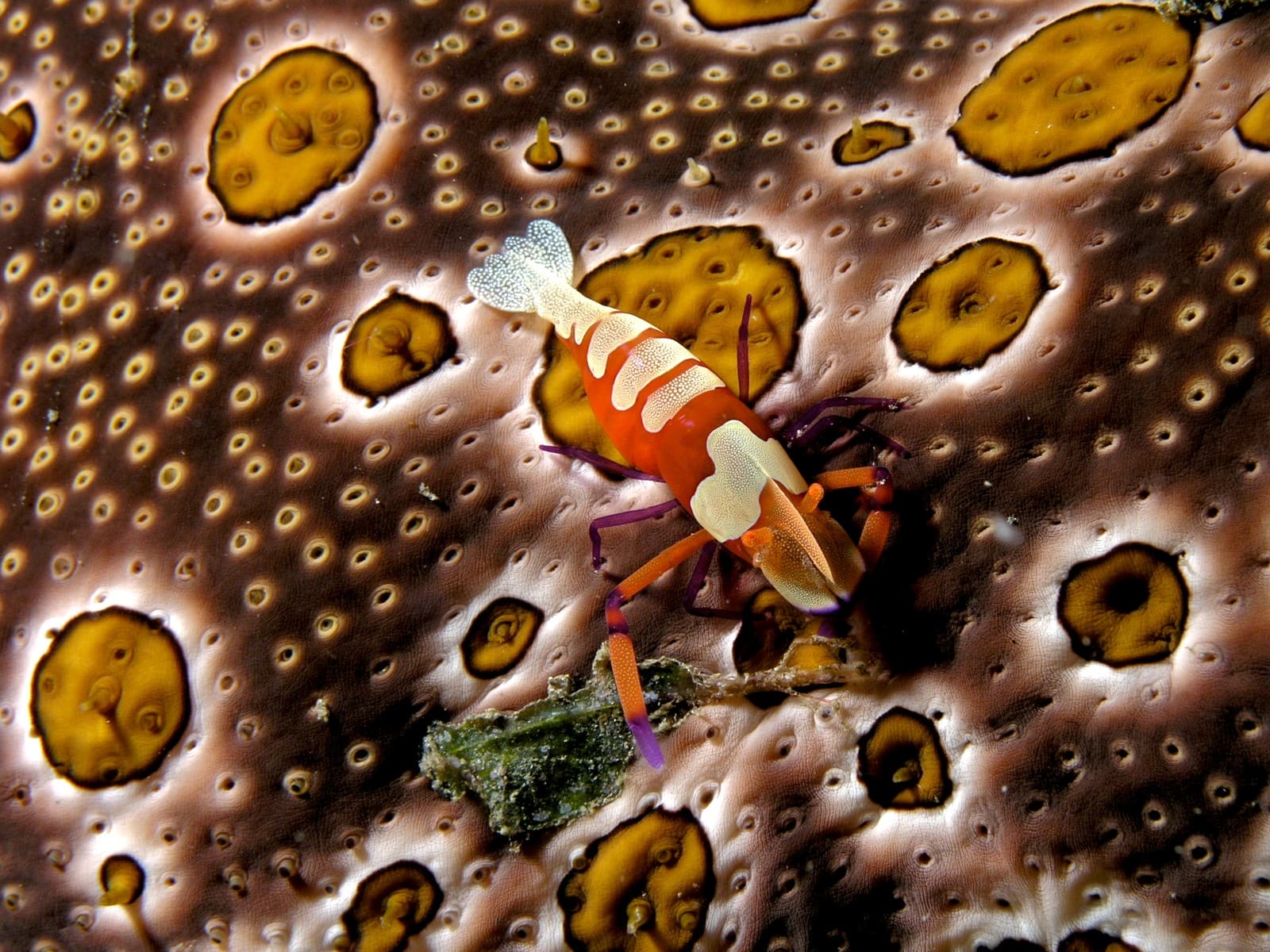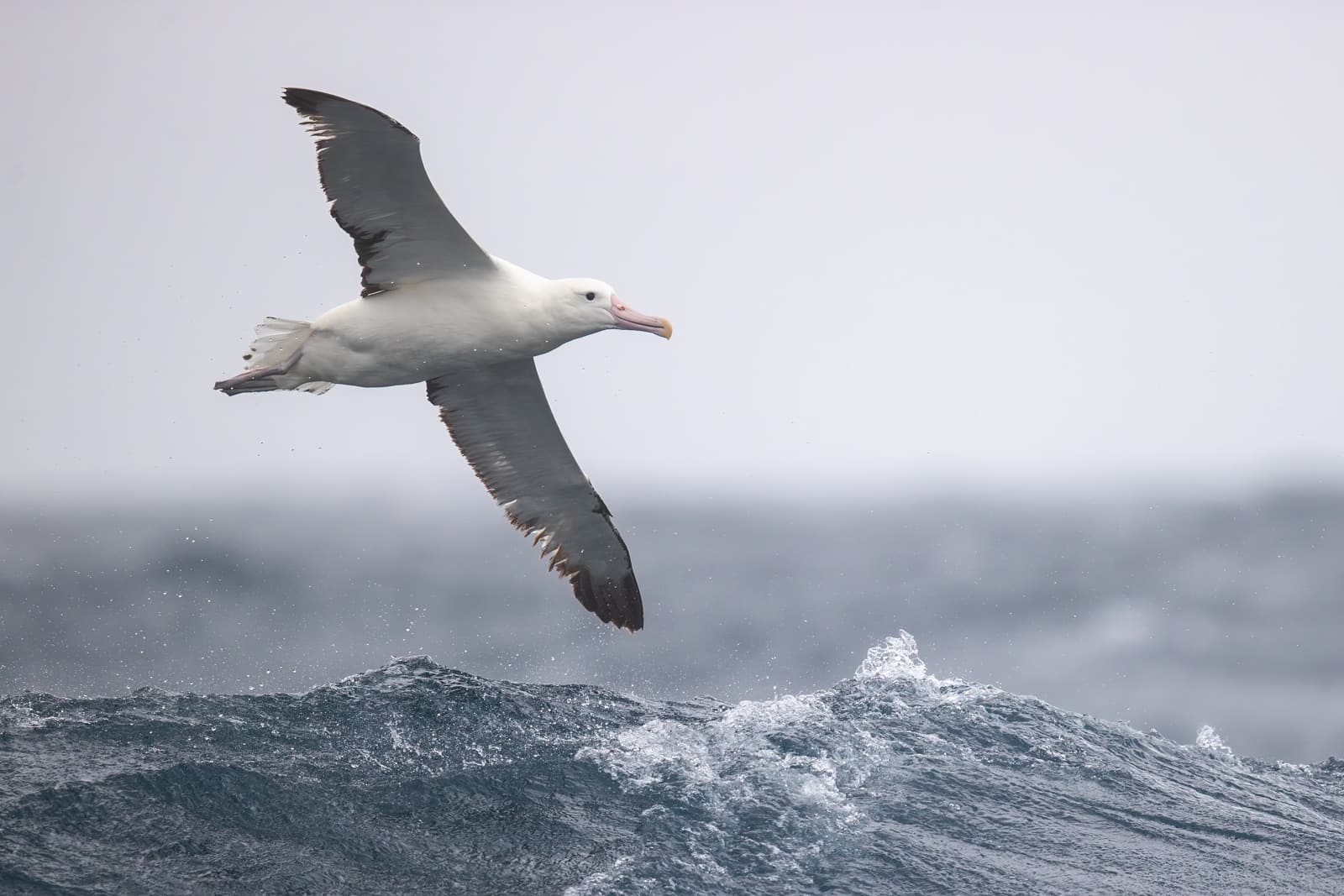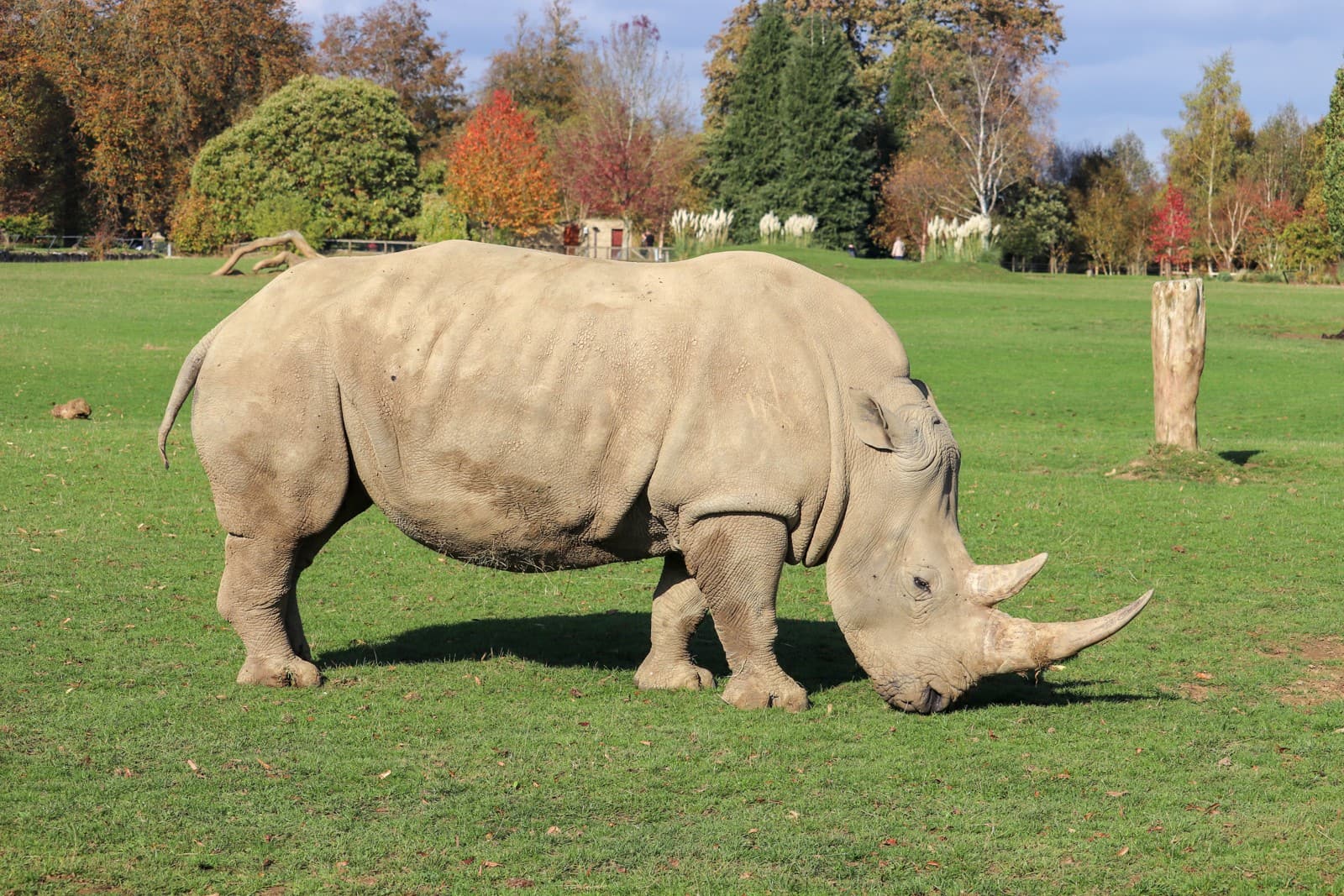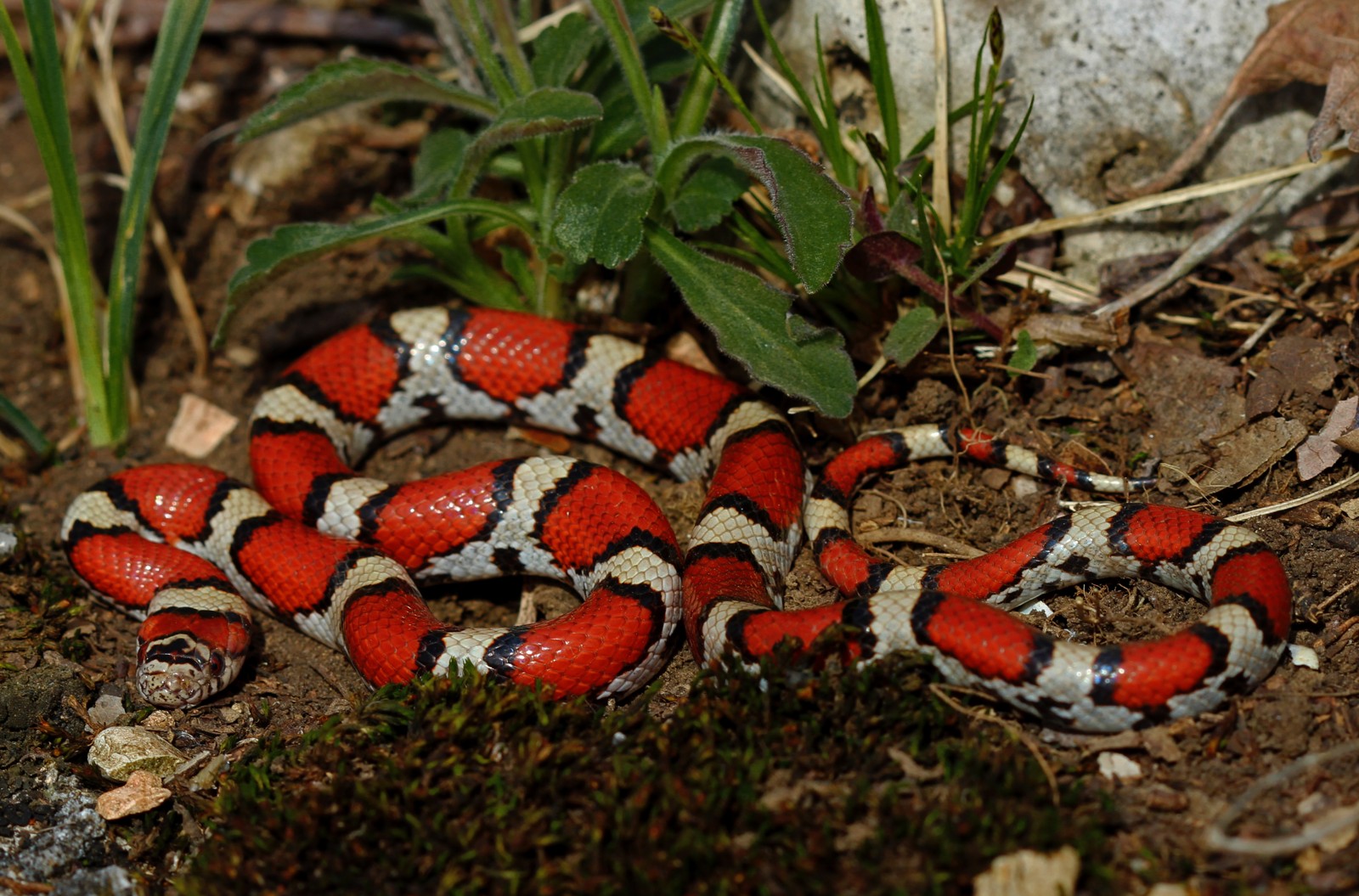Lobster vs Langostino: A Complete Comparison
When comparing Lobster vs Langostino, it’s crucial to understand that despite similar appearances, these are distinctly different crustaceans. True lobsters (family Nephropidae) can grow up to 25 inches (63.5 cm) and weigh over 44 pounds (20 kg), while Langostinos (Pleuroncodes monodon) typically reach only 3-5 inches (7.6-12.7 cm) in length.
These marine creatures differ not just in size but in classification, habitat, and culinary applications. Lobsters are true clawed crustaceans, while Langostinos, despite their nickname “squat lobsters,” are more closely related to hermit crabs and belong to the family Galatheidae.
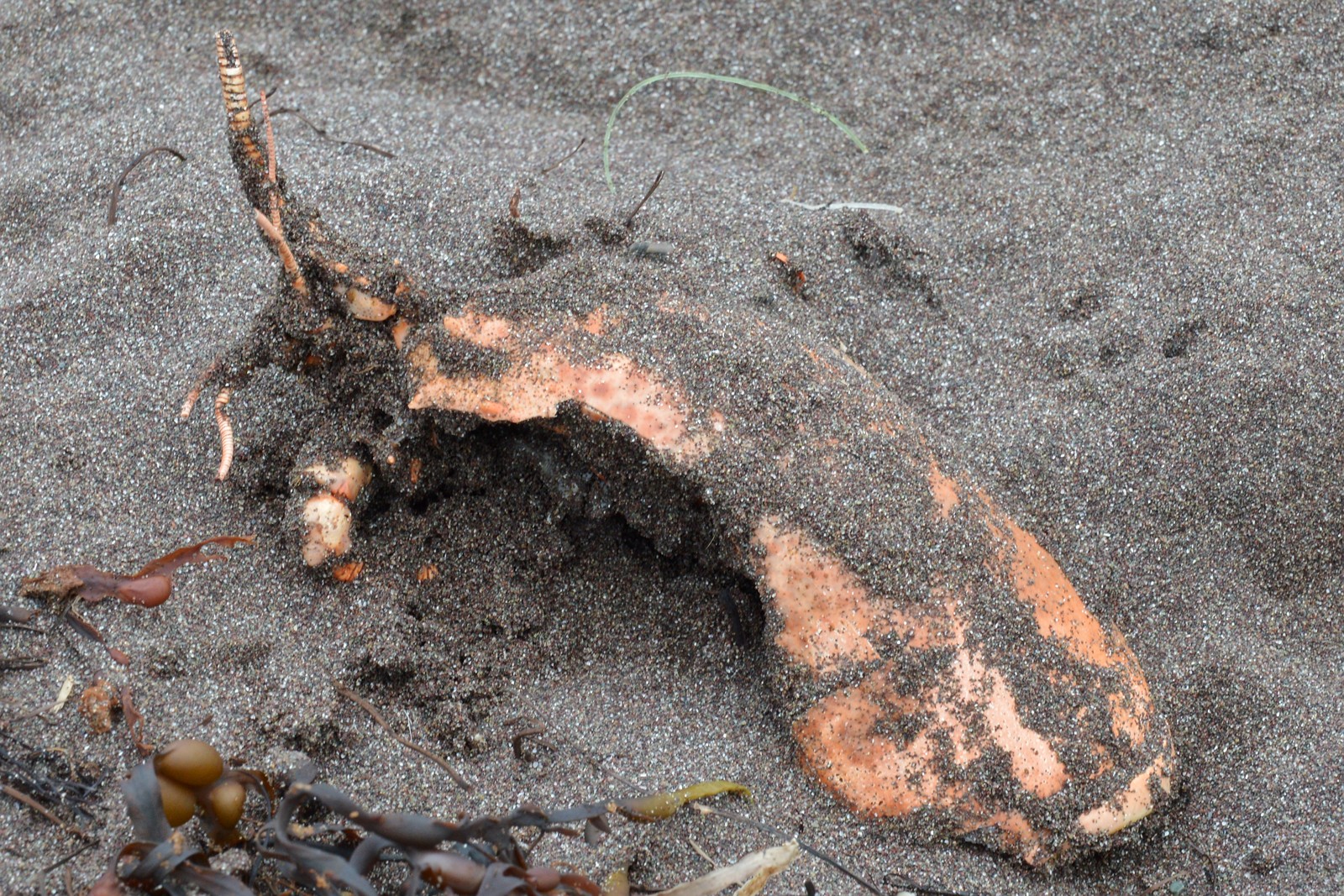
© Ryan Hodnett / CC BY-SA 4.0
The American lobster’s robust exoskeleton and powerful claws make it one of the ocean’s most recognizable crustaceans. These features evolved for defense and hunting in cold, rocky environments.
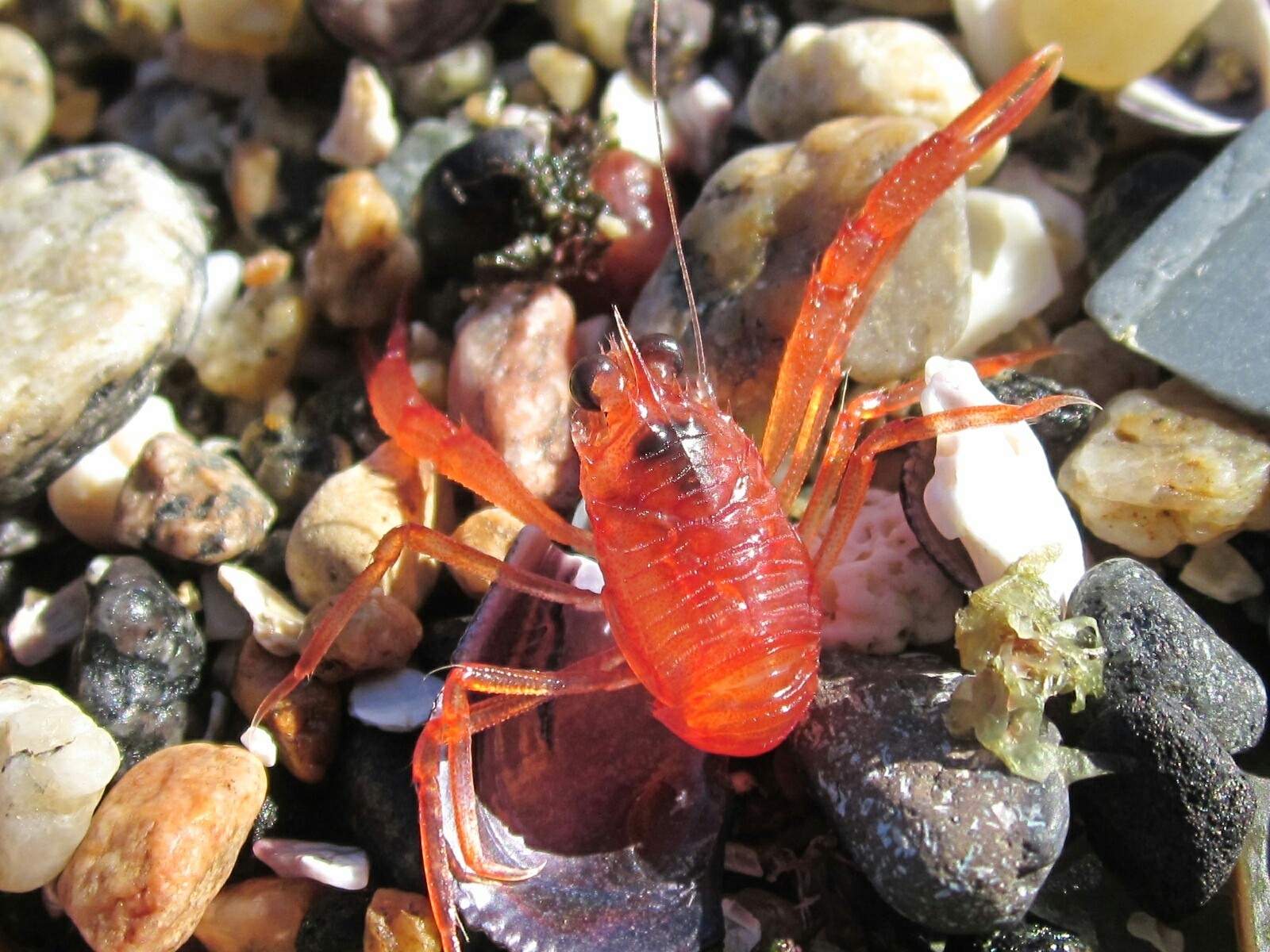
© Asiel Olivares / CC BY 4.0
Langostinos display their distinctive smaller, more delicate form adapted for quick movement in shallower waters. Their bright coloration serves as both camouflage and warning signal to potential predators.
Key Differences: Lobster vs Langostino
| Feature | Lobster | Langostino |
|---|---|---|
| Size | 8-25 inches (20-63.5 cm) | 3-5 inches (7.6-12.7 cm) |
| Weight | Up to 44 lbs (20 kg) | 2-4 oz (57-113 g) |
| Habitat | Cold, deep waters (164-2,300 ft) | Shallow coastal waters (30-200 ft) |
| Lifespan | 45-50 years | 2-3 years |
| Diet | Fish, mollusks, other crustaceans | Plankton, algae, detritus |
| Price per pound | $35-60 USD | $12-20 USD |
Habitat and Distribution
Lobsters thrive in cold, deep waters along rocky coastlines, primarily in the North Atlantic. These powerful creatures require oxygen-rich environments and temperatures between 40-65°F (4.4-18.3°C). They establish territories among rock formations, using crevices as shelter.
Langostinos prefer warmer, shallower waters along the Pacific coast of South America, particularly Chile and Peru. They inhabit sandy or muddy bottoms at depths of 30-200 feet (9-61 meters), where they form large aggregations during feeding.
Culinary Differences and Uses
Taste and Texture
Lobster meat offers a sweet, rich flavor with a firm, succulent texture. The tail meat contains approximately 28g of protein per 100g serving, while the prized claw meat provides a more tender consistency.
Langostino presents a milder, slightly sweet taste profile closer to shrimp, with approximately 19g of protein per 100g serving. The meat has a more delicate texture and is often used as a cost-effective lobster substitute in seafood dishes.
Cooking Methods
-
Lobster
- Live steaming (most traditional)
- Boiling
- Grilling (split)
- Baking with stuffing
-
Langostino
- Quick sautéing
- Steaming
- Addition to soups
- Cold preparations
Ecological Impact and Sustainability
Lobster fishing remains highly regulated, with strict size limits and breeding season protections. The American lobster fishery maintains MSC certification, indicating sustainable practices. Annual catch limits typically range from 120-150 million pounds.
Langostino harvesting faces fewer regulations but shows promising sustainability metrics. These fast-growing crustaceans reach maturity within one year, allowing populations to replenish quickly. Annual global catch averages 30-40 million pounds.
Economic Value and Market Impact
The global lobster market exceeds $5.7 billion annually, with American lobster accounting for approximately 35% of this value. Premium pricing reflects the species’ slow growth rate and harvesting challenges.
Langostino markets, though smaller, show steady growth, valued at approximately $800 million globally. Their lower price point and increasing popularity in processed seafood products drive consistent demand growth of 4-6% annually.
Frequently Asked Questions
Can Langostino legally be called lobster?
No, FDA regulations prohibit marketing Langostino as “lobster.” It must be labeled as “Langostino lobster” or simply “Langostino” to avoid consumer confusion.
Which has more meat: Lobster or Langostino?
Lobsters yield significantly more meat, with a typical 1.5-pound (680g) specimen providing 4-6 ounces (113-170g) of meat. Langostinos yield approximately 0.5-0.75 ounces (14-21g) of meat per individual.
Are Langostinos just small lobsters?
Despite similar appearances, Langostinos belong to a different taxonomic family (Galatheidae) than true lobsters (Nephropidae). They’re more closely related to hermit crabs than to lobsters.
